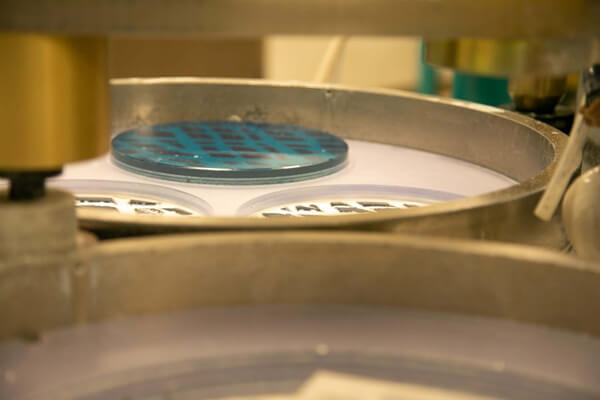The aerospace and defense industries require the highest levels of precision and reliability in their equipment, particularly when it comes to optical components. Whether it’s for advanced radar systems, satellite communication, or high-precision imaging systems, optical components must perform flawlessly under extreme conditions. Optical polishing machine have revolutionized the way these components are manufactured, ensuring that they meet the stringent performance requirements of these industries. These machines are crucial in achieving the high-quality surface finishes necessary for the proper functioning of optical components used in aerospace and defense applications.
The Role of Optical Polishing Machines
Optical polishing machines are used to precisely polish the surface of optical components, such as lenses, mirrors, and prisms. These machines are capable of creating surfaces that are smooth, flat, and free from imperfections, which is vital in optics, where even the slightest flaw can distort light and impact the performance of the device. In the aerospace and defense sectors, optical components are subjected to high-performance standards to withstand the challenging environments they operate in, such as high pressure, temperature extremes, and the vacuum of space. The ability of optical polishing machines to provide consistent, high-quality finishes ensures the integrity and functionality of these components.
Enhancing the Performance of Aerospace Technologies
In aerospace applications, optical polishing machines are essential for creating lenses and mirrors used in instruments like telescopes, altimeters, and cameras that are mounted on aircraft or satellites. These components often need to be incredibly precise, as they perform critical functions such as detecting atmospheric conditions, providing guidance for missile systems, or capturing images of Earth for reconnaissance. Polishing machines help achieve the high level of accuracy required to produce flawless optical surfaces that can withstand the demands of aerospace environments.
For example, in satellite technology, optical systems rely on mirrors and lenses that can focus light with incredible precision. These surfaces must be polished to an almost perfect finish to ensure that they do not scatter or distort light, which would affect the performance of imaging systems or sensors. The optical polishing machine plays a key role in ensuring that these components are polished to meet the exact specifications necessary for high-resolution images and accurate readings.
Advancements in Optical Polishing for Defense Systems
The defense industry also relies heavily on optical polishing machines for the production of various optical devices, including night-vision goggles, targeting systems, and optical sensors. These systems need to operate flawlessly in a range of conditions, from intense heat to low-light environments. The surfaces of the optical components used in these devices must be polished to achieve the necessary clarity and precision to function effectively.
In targeting systems, for instance, precision is everything. Even a small deviation in the surface quality of optical components can result in inaccuracies in targeting or tracking. Optical polishing machines allow manufacturers to achieve the required flatness and smoothness, enhancing the performance and accuracy of these systems. Furthermore, optical polishing ensures that the lenses used in infrared and night-vision technologies are free from distortion, allowing soldiers to rely on these systems during critical operations.

The Benefits of Optical Polishing Machines in Aerospace and Defense
Optical polishing machines offer several key benefits to the aerospace and defense industries.
- One of the most significant advantages is their ability to achieve high surface precision consistently. In these industries, any deviation from the required specifications can lead to failure, reduced reliability, or malfunctioning of optical systems.
- Optical polishing machines are capable of delivering the fine surface finishes needed to ensure that components function optimally in demanding conditions.
- Additionally, optical polishing machines reduce the time and labor required to manually polish optical surfaces, improving production efficiency.
- In the aerospace and defense sectors, where time is of the essence, the ability to automate the polishing process and achieve consistent results is invaluable.
- Automation also allows for greater scalability in manufacturing, as it can meet the increasing demand for high-quality optical components without sacrificing performance or reliability.
- Moreover, optical polishing machines can work with a variety of materials, including glass, ceramics, and fused silica, which are commonly used in aerospace and defense applications. Fused silica, in particular, is favored for its high thermal stability and resistance to radiation, making it ideal for space-based optical systems.
- The flexibility of optical polishing machines to handle diverse materials ensures that manufacturers can meet the specific needs of the aerospace and defense industries.
Conclusion
In conclusion, optical polishing machines have become indispensable tools in the aerospace and defense industries, where high-quality optical components are essential for mission success. By providing precise and consistent polishing of optical surfaces, these machines enhance the performance, reliability, and longevity of optical systems used in satellites, aircraft, targeting systems, and more. As the demand for advanced technology in aerospace and defense continues to grow, the role of optical polishing machines will only become more crucial in meeting the ever-increasing precision and quality standards required by these industries.

